Acne Debunked
Jeunesse MedSpa® | January 31, 2017 | no responses |
Skin
Acne is an extremely common condition. It’s something we see almost everyday- Almost all of us have acne at some stage of our lives. Although it is not life threatening it can definitely affect how your personality develops. It can cause a significant about of distress, anxiety and even depression. At Jeunesse MedSpa® our aim is to treat acne quickly and effectively to prevent these problems and to prevent long term scarring.
What is Acne?
Acne vulgaris is the common acne and is inflammation of the pilosebacous gland ( which is the hair follicle )
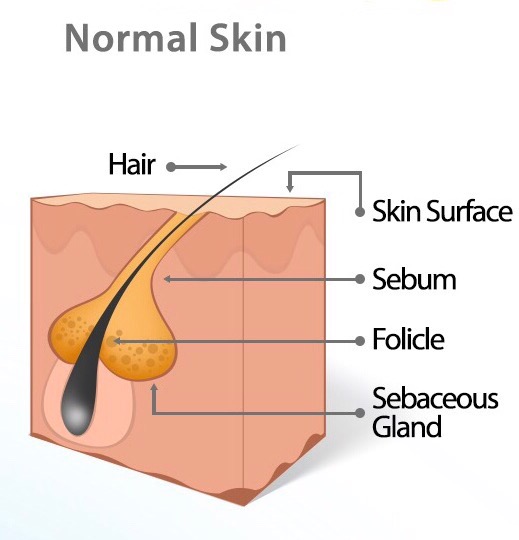
Sebaceous glands produce an oily waxy substance sebum to lubricate and waterproof the skin. Sweat glands produce sweat to regulate body temperature.
What are the types of Acne Vulgaris?
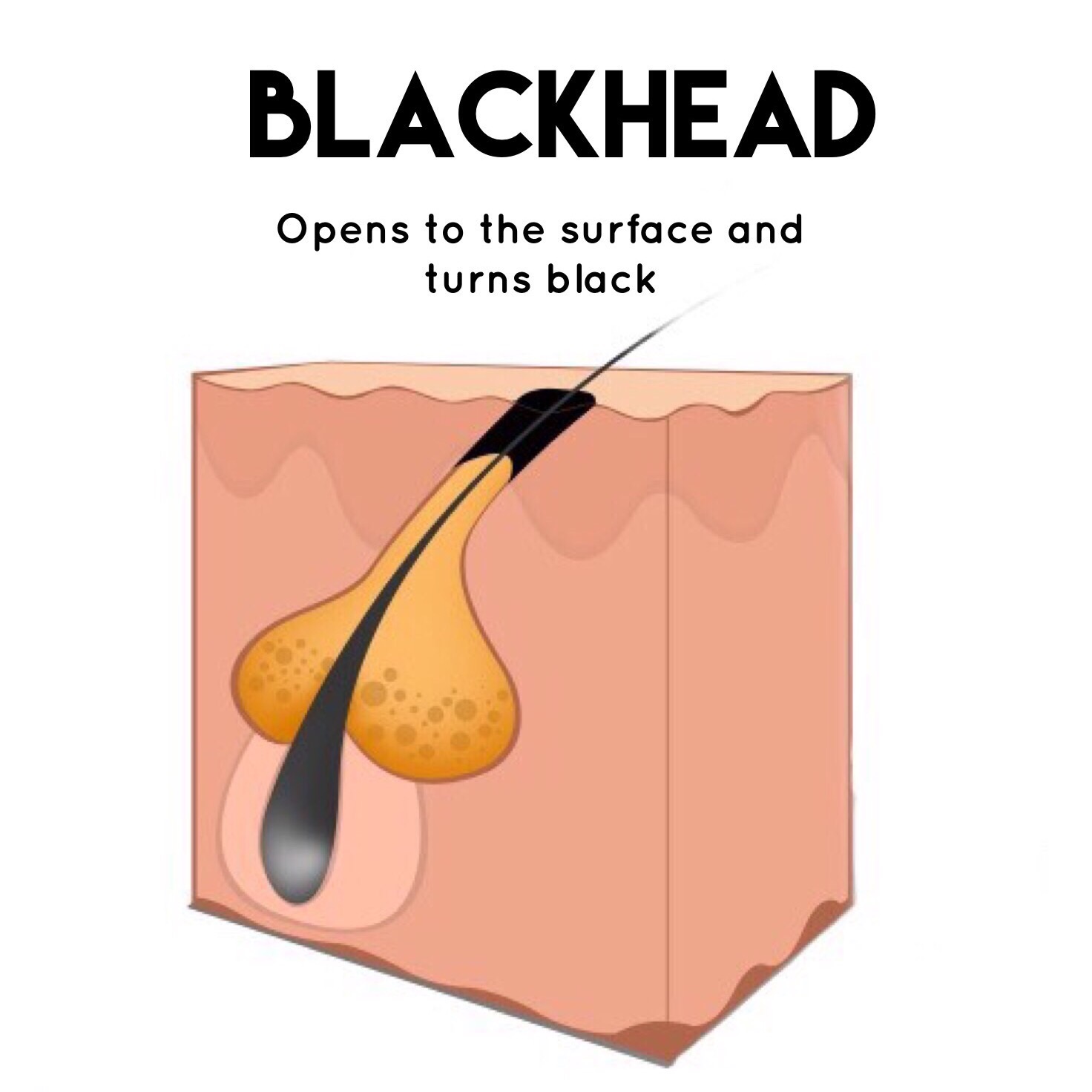
Blackheads – tiny blemishes that look like black dots. Unlike whiteheads, which are closed, blackheads are open, hence the black appearance—it’s what happens when the debris inside the follicle becomes oxidized.
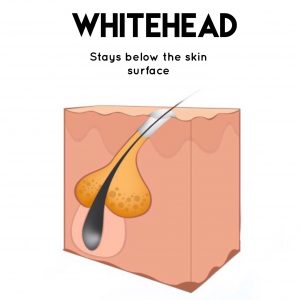
Whiteheads– small blemishes with whitish “heads,” which result when the follicles get plugged with sebum and dead skin cells.
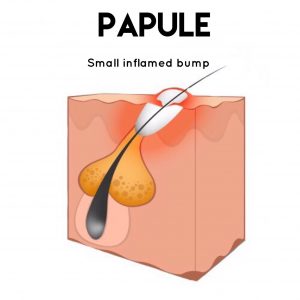
Papules – Represent the phase beyond whiteheads, when the presence of bacteria, sebum, and dead skin cells under the skin have caused inflammation with the absence of pus.
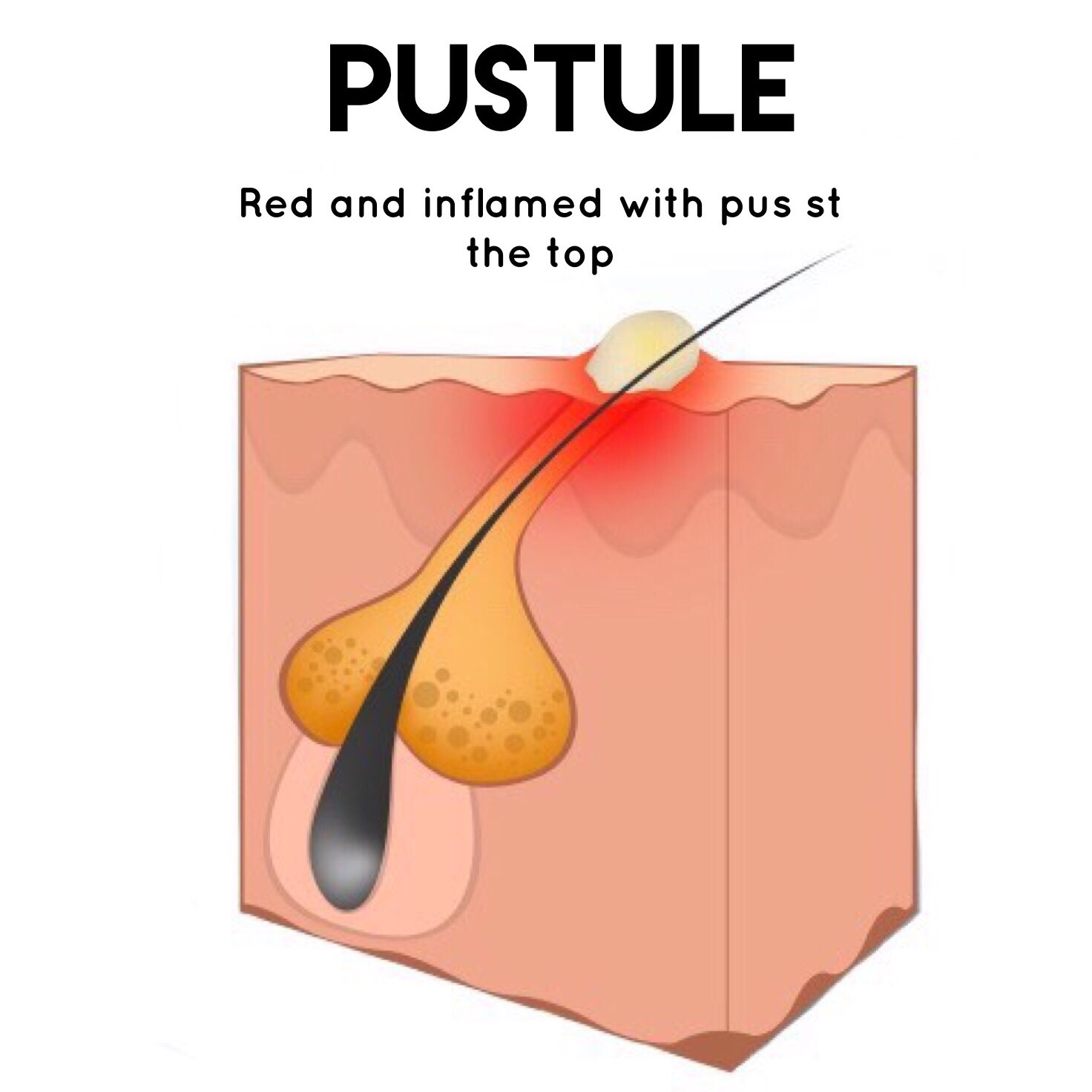
Pustules – Your classic pimple/zit. Usually hard, inflamed, and full of pus with a defining white or yellow centre. The marked difference between papules and pustules is that pustules contain white blood cells. The skin around pustules tends to be tender and inflamed.

Nodules/ cysts – large painful bumps under the skin that take quite a while to go away and can create scarring. Nodules are generally hard and not filled with pus. Cysts are filled with pus and feel like fluid filled sacs underneath the skin.
What are the grades of severity of Acne?
There are four different grades of acne vulgaris.
- Grade I – mild acne with whiteheads, blackheads, and small pimples without inflammation. Usually occurs on the nose and forehead and most often appears in adolescence. Adults may also experience this type of acne, usually with blackheads on the nose or forehead.
- Grade II – moderate acne with a large number of blackheads and white heads. There will be more frequent breakouts, likely accompanied by pustules and papules that may be more sensitive to the touch.
- Grade III – Numerous papules and pustules with some nodules . There’s a large amount of inflammation in comparison to the lesser grades.
- Grade IV – most severe form of acne, with nodules, cysts, pustules, and papules. It tends to be widespread and the face, back, chest, neck, and buttocks may also experience frequent breakouts. This can cause significant scarring and pigmentation if left untreated.
What causes Acne?
There are 2 models
Traditional model
We know that there are 4 main factors that are cause acne
- The first factor is the effect of androgen hormone in the oil producing glands of the skin , leading to an excess of oil production. Androgen hormone increase during teenage years , during times of stress, with the use of certain contraceptions, during a woman’s menstrual cycle and during pregnancy
- The second factor is an increase in skin cell production and a decrease in skin cell shedding . The combination of results in the blockages of pores and leads to the production of blackheads and white heads.
- The third factor is that the combination of excessive oil production and blocked pores provides the perfect breeding ground for the acne bacteria , p.acne
- The 4th factor is the body’s own inflammatory response to the P bacteria resulting in the inflammation and red spots that can be visible with acne.
All 4 of these factors must be addressed for the successful treatment of acne.
Alternate theory
Osmosis skin care founder, Dr Ben Johnson, has a different theory on the cause of acne and uses a more holistic approach
3 main factors associated with toxin causing acne
- Candida overgrowth- – usually see upper half of face above beard line – no fungal infection in face but rather candida overgrowth that send toxins from gut to skin which is a detox organ and hence see skin changes.
- Hormonal – lower face – can be neck back and chest – oestrogen toxin ( resemble oestrogen –and confuse body to think it had too much oestrogen and hence shifts to testosterone imbalance pattern – pesticides / chlorine / food preservatives
- Dietary – stimulates candida with sugar and alcohol
What shows in your skin is a direct reflection of what is going into your body. All cause inflammation.
If you give us the opportunity we will make you skin clear again.
Let’s create beautiful skin together !
Enjoy this article? Don't forget to share.












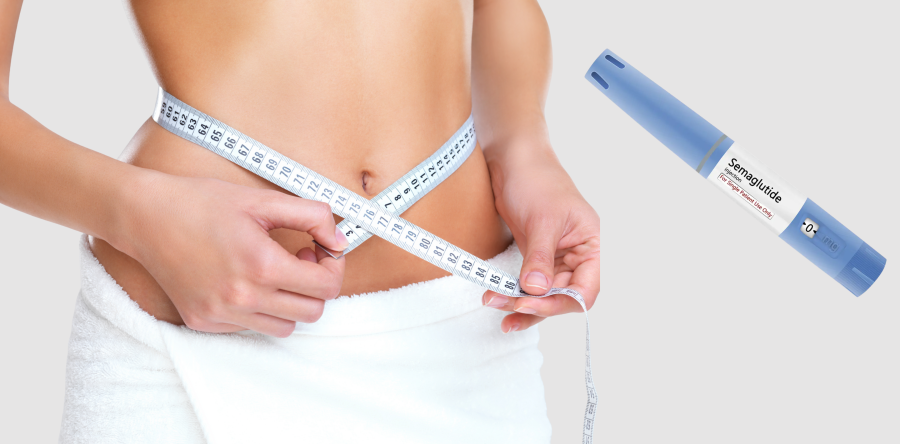
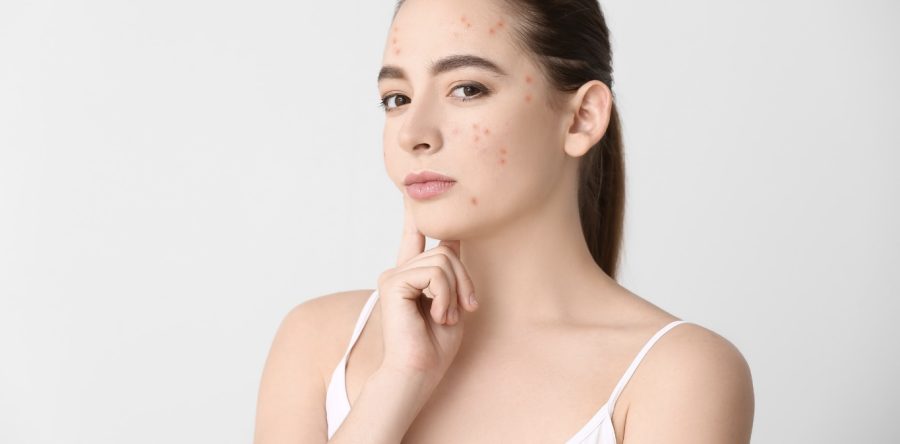
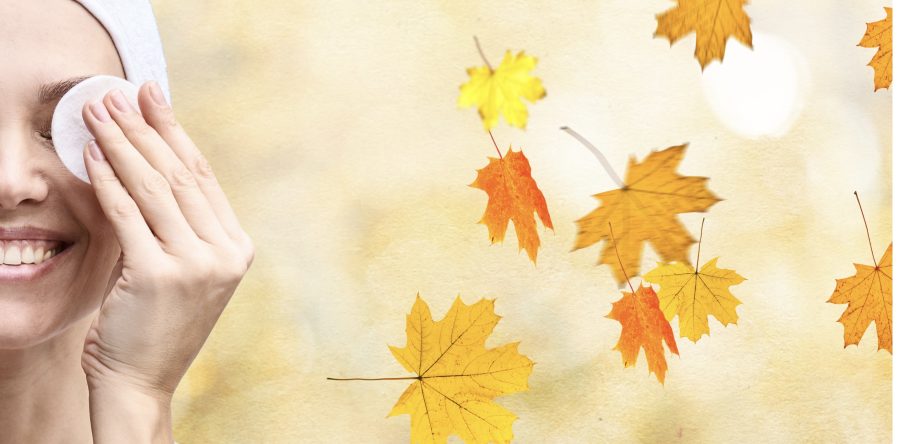
Leave a Reply